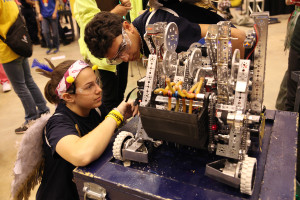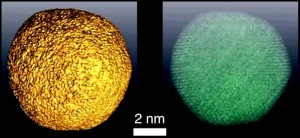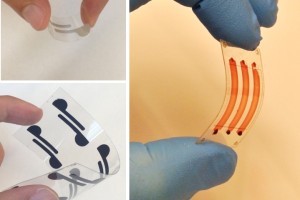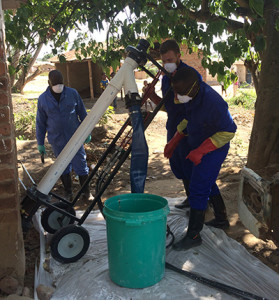
The new development will curtail or reduce the atmospheric concentration of greenhouse gases.
Image: University of Cincinnati
The United States is wasting food at an alarming rate. According to the Food and Agriculture Organization of the United States, the country wastes 40 percent of all food produced—amounting to 1.3 billion tons of food waste produced.
But extra garbage and financial strain are not the only things food waste produces, it also generates a huge amount of greenhouse gas during decomposition. More specifically, global food waste creates 3.3 billion tons of greenhouse gas annually.
Those numbers were especially alarming to researchers from the University of Cincinnati College of Engineering and Applied Science, who proposed a way to transform food waste into bioenergy back in 2013. That proposal has just been accepted.







